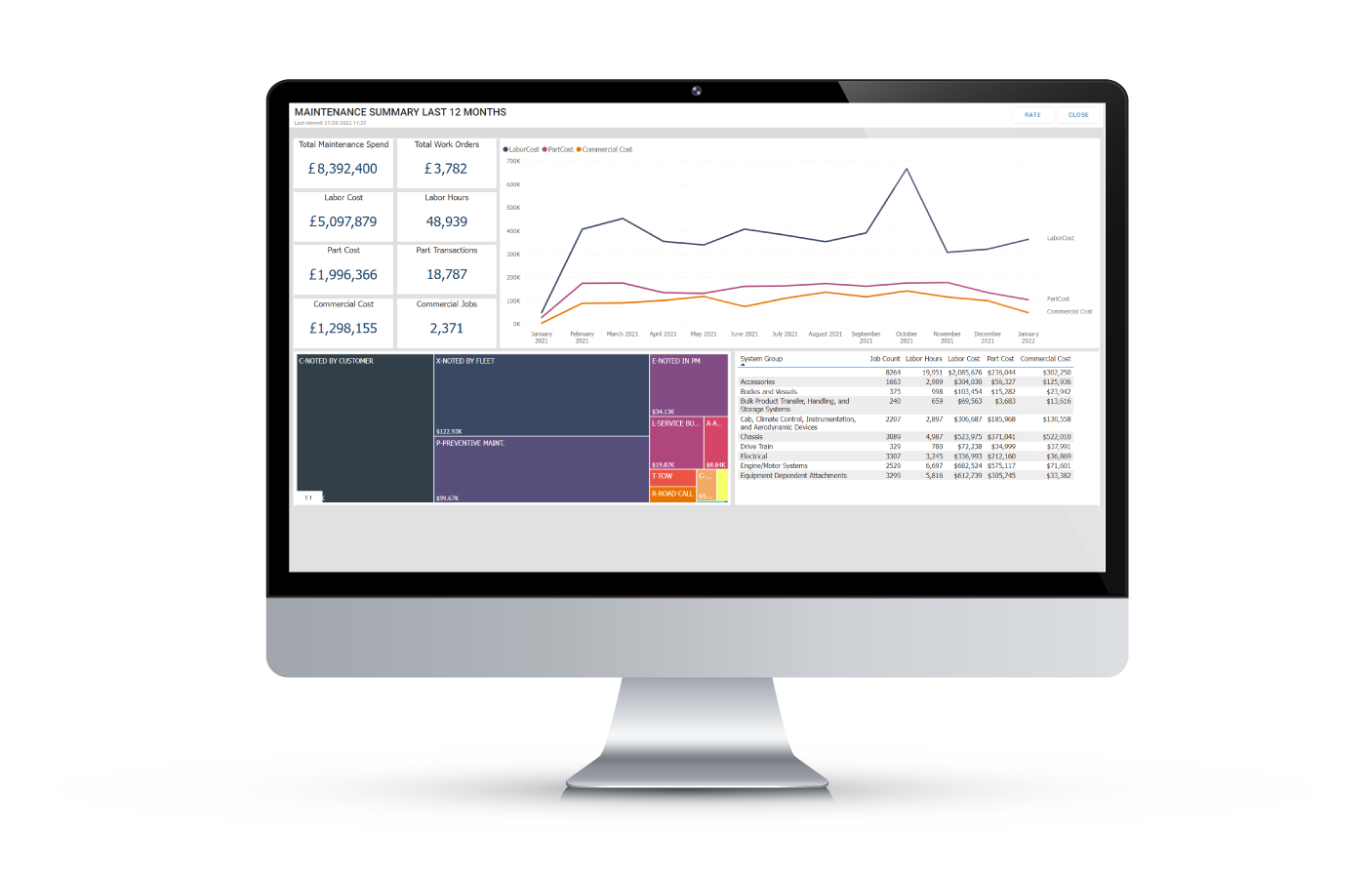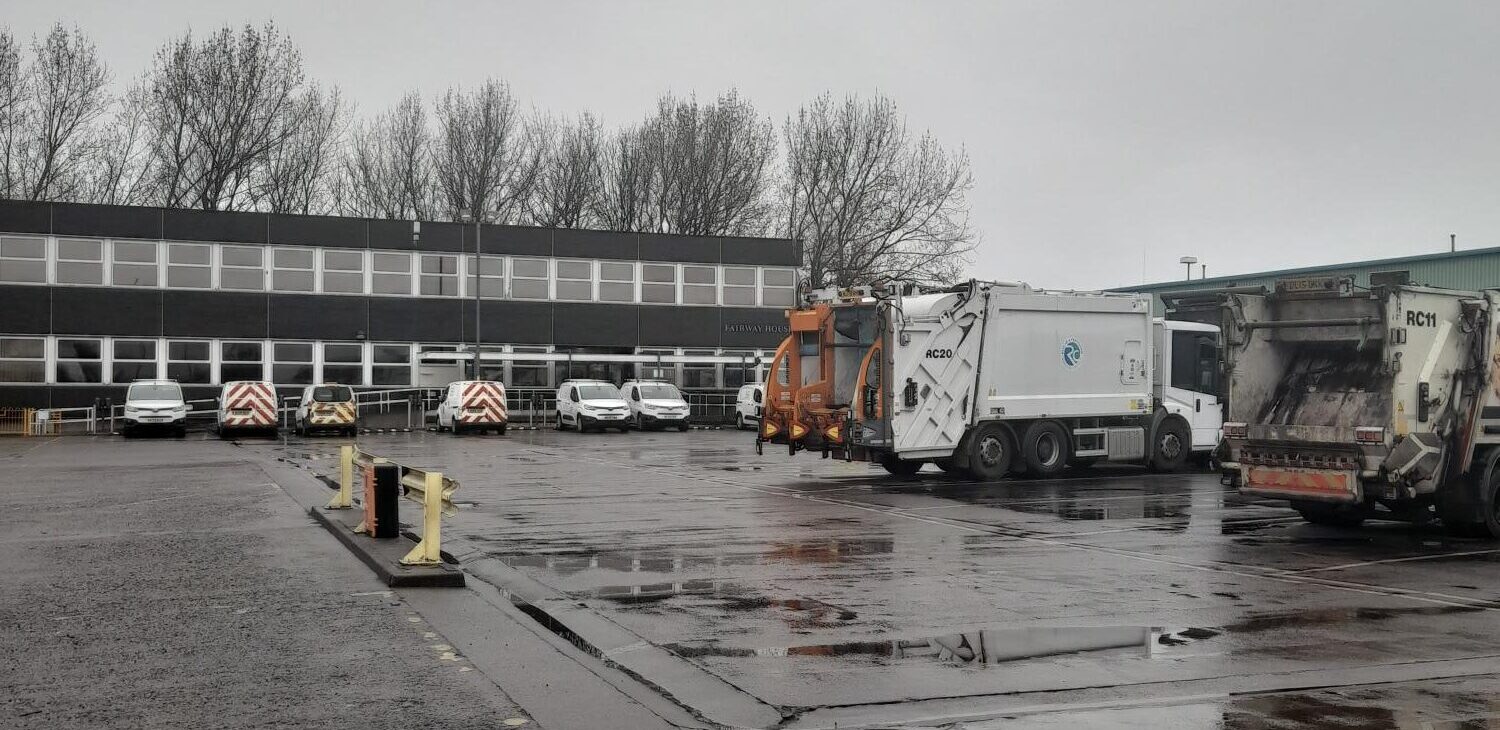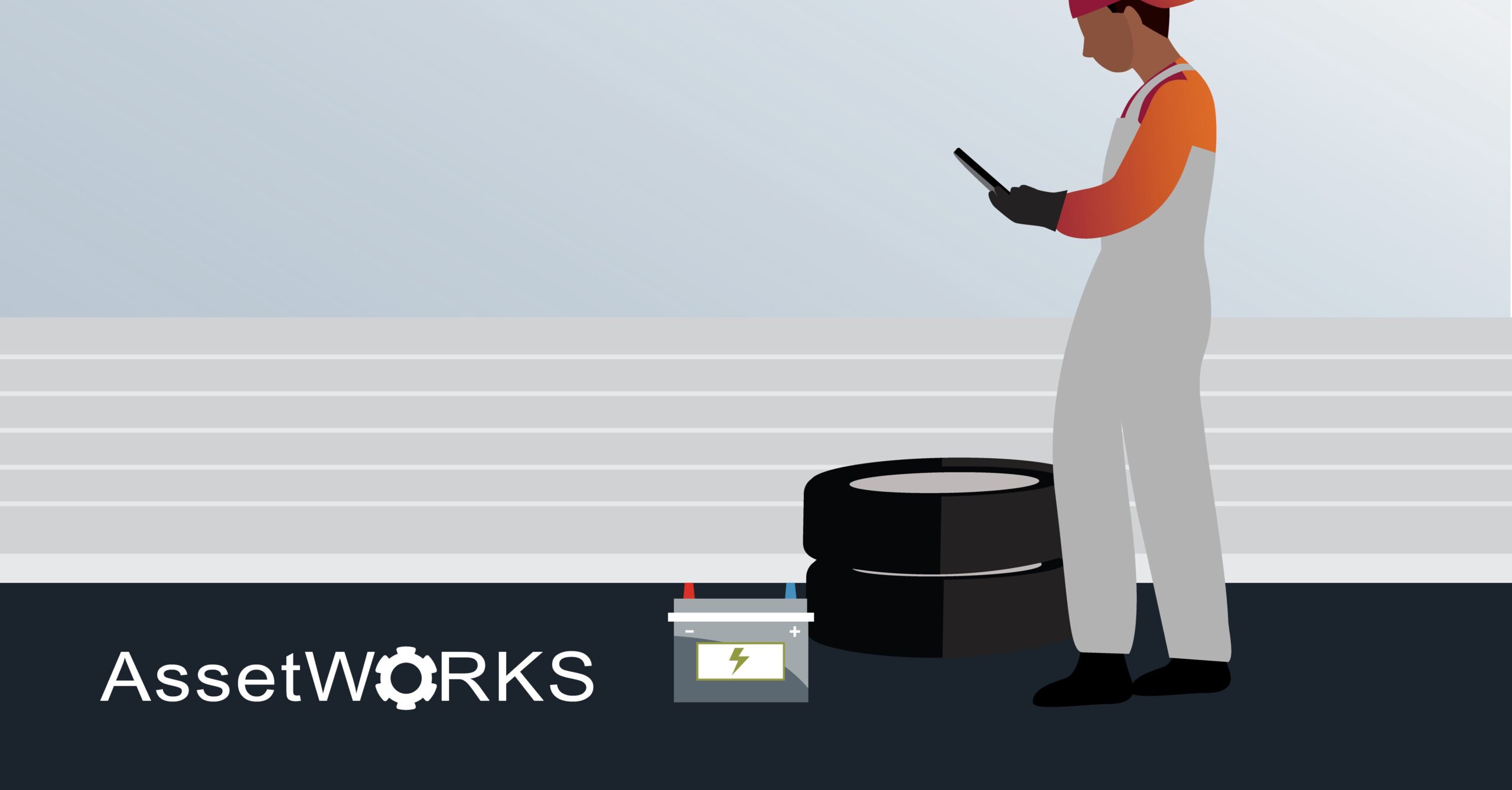In 2013, the Government Accountability Office (GAO) released a report saying many government agencies are not following necessary fleet management best practices, including effective life-cycle cost analysis. Life-cycle cost analysis takes all aspects of a fleet vehicle or asset into account, from procurement and maintenance to disposal.
In a survey conducted by AssetWorks, 80% of respondents reported using spreadsheets to track or calculate asset life-cycle costs. Spreadsheets seem like the easier and most cost-effective solution. After all, who doesn’t already have Microsoft Excel on their computer?
While calculating life-cycle costs is an effective way for your fleet organisation to save money, using spreadsheets may end up costing you more in the long run. To ensure accurate analysis, keep the following factors in mind:
Controlling data quality
Perhaps the largest area for concern when using spreadsheets to calculate asset life-cycle costs is data quality and control. Different versions of the same spreadsheet may exist across many areas of the fleet organisation.
Raw data alone can sometimes be misleading, as this does not account for nuances and specifics that should be factored into the data. Downtime and all capital costs need to be identified. The data quality is also contingent upon labour rates and salvage history.

Calculating inflation costs over time
Remember when a trip to the movies only cost a few pounds? Prices fluctuate over time due to inflation. Spreadsheets do not automatically track inflation costs, so your asset data from a few years ago may skew your data today.
Consistent increases in price levels requires that your historic costs and expenses are calculated in constant year pounds.
Generating complete (and accurate) asset cost profiles
A complete cradle-to-grave history must be available for enough assets to calculate life cycle. These cost profiles can also be built from scratch, but historic data is needed to estimate mean cost by time and usage. Lastly, outliers such as inflated cost repairs and spare units can skew this data.
Consistent increases in price levels requires that your historic costs and expenses are calculated in constant year pounds.
An automated solution to spreadsheets
Even just a few years ago, spreadsheets were the only way to effectively track and calculate life-cycle costs– despite their many drawbacks! After hearing about customers’ spreadsheet frustrations, AssetWorks developed a solution for automating life-cycle cost analysis: Capital Asset Management (CAM).
CAM is a comprehensive asset life-cycle-based management solution designed to help fleet and asset managers minimize capital expenditures and operating expenses by maximising the useful life of an asset. CAM compiles maintenance, disposal and replacement costs associated with an asset and automates the calculation of the asset’s complete life-cycle costs.
This allows fleet and asset managers to:
- Purchase the right assets at the right price
- Identify annual costs to pinpoint optimal replacement times
- Maximise asset disposal












